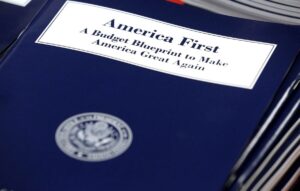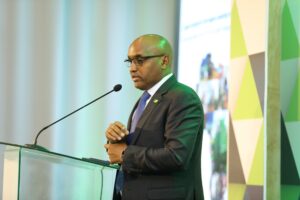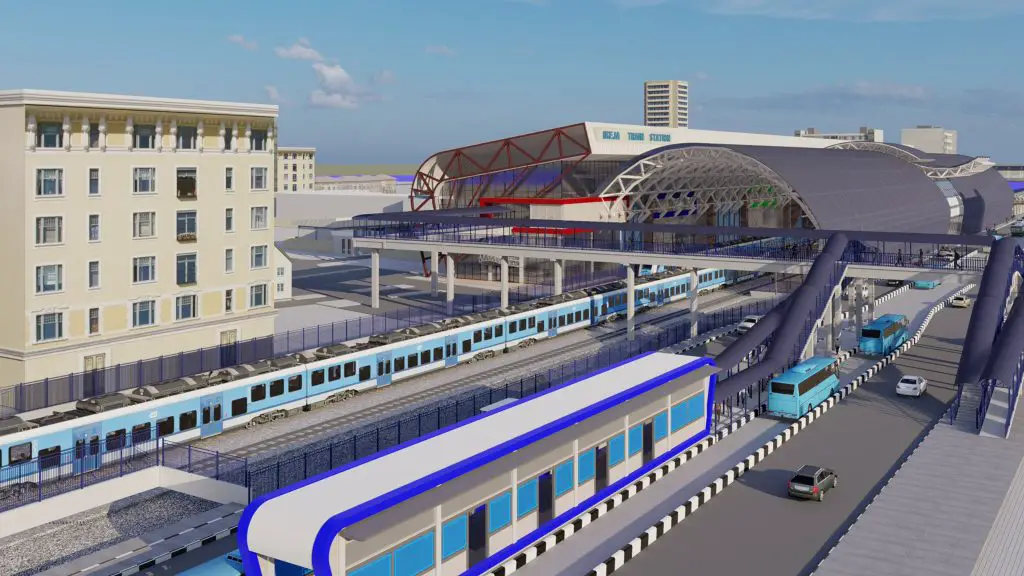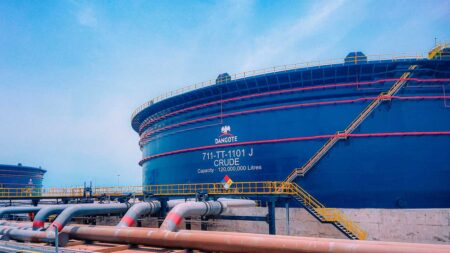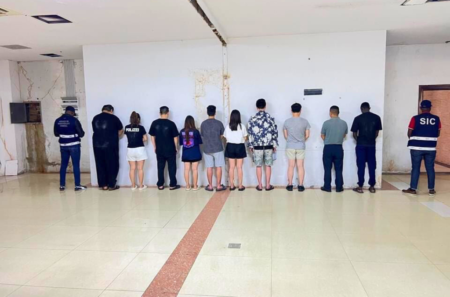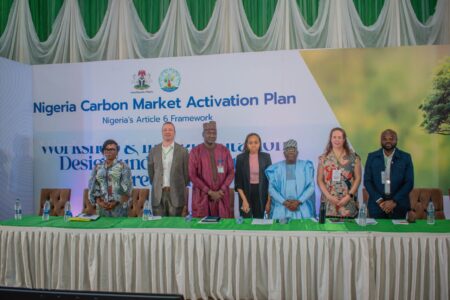- Nigeria will spend 70 per cent of its capital expenditure on debt servicing
- President Buhari of Nigeria is keen to complete critical infrastructure projects as elections approach next year
- One of these projects is the Lagos light rail train project, which has gathered dust for decades
One of the biggest challenges eating into the development of Africa is the stalling of projects as power is transferred from one administration to another.
But with the current trend, the internet has gathered a lot of criticism towards incumbent governments in the continent, exerting positive pressure on the administrations to create a legacy in the last tenures.
President Buhari of Nigeria is keen to complete critical infrastructure projects as elections approach next year.
One of these projects is the Lagos light rail train project, which has gathered dust for decades. The project is back in motion, with the state government optimistic that the first phase of the Blue Line – one of the two lines to form the Lagos Rail Mass Transit (LRMT) system – will be operational this year.
Read: Nigeria: Top business opportunities to explore in Cross River State
The first phase, covering the 12.5 kilometres from Mile 2 to the west of the city to Marina on Lagos Island and includes seven stations, is more than 80 per cent complete. Upon completion, the line will run for 27 kilometres from Marina to Okokomaiko.
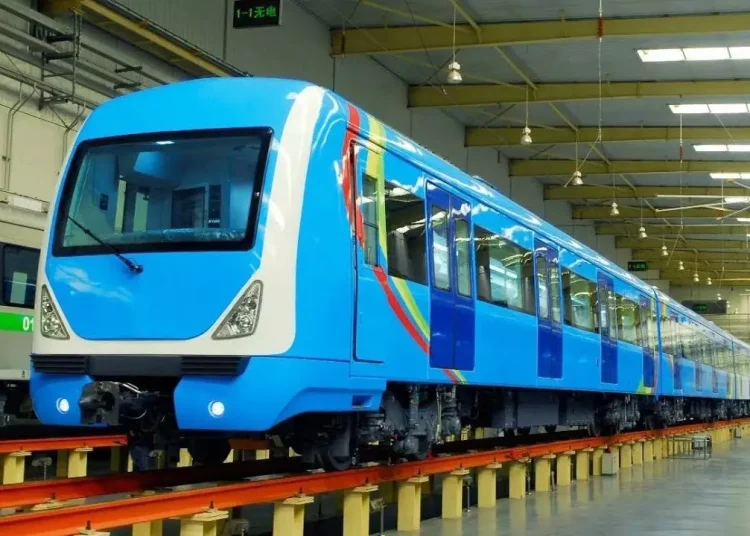
The Blue and Red lines, when complete, are expected to move more than a million people across the expansive metropolis daily, addressing the heavy congestion that has become common within the city.
The light rail project was first contemplated a few decades ago, the initial projections indicating that the Blue Line would be completed in 2011. However, the project was weighed down by a myriad of challenges, including bureaucracy, corruption, mismanagement, and funding.
The light rail project is one of the numerous long-delayed plans to connect Nigeria by rail that has been invigorated by President Muhammadu Buhari’s government.
With national elections slated for 2023, there is great motivation to complete longstanding infrastructure projects to give the ruling APC party an edge against their rivals in the polls.
The Nigerian Railway Modernization Project accommodates the construction of a new 1,315km standard gauge line from Lagos to Kano, with links to Abuja, via Kaduna and Minna. The Ibadan-Lagos stretch, which is already in motion, covers the second phase of this mega project.
Several new plans are on the table, among them the controversial US$2 billion line from Kano to neighbouring Niger, which the federal government gave a clean deal of health in 2020.
Critics dismissed it as a northern vanity project. According to the transport minister Rotimi Amaechi, the project will benefit Nigeria. It will be a crucial gear in the wheel of Niger’s economic growth by opening a new trade path to the sea.
The progress of Power Projects in Nigeria
Power infrastructure is another area of interest. The major project within the sector is the six-year multi-billion-dollar pact with German company Siemens to expand and revamp the dysfunctional national grid to unlock at least 25,000 megawatts (MW) of electricity by 2025.
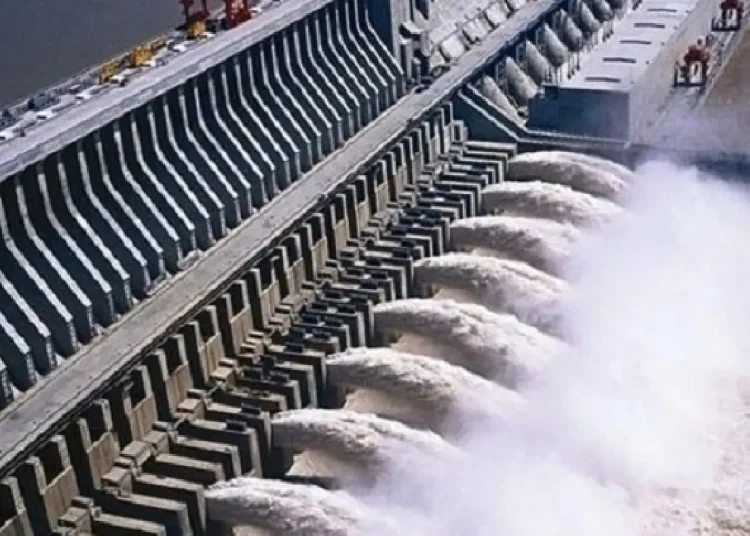
The new focus is on the 3,050 MW Mambilla Hydropower Project in Taraba, which dragged for over 40 years despite significant budgetary allocations.
Read: DPO Group partners with Mastercard, Central banks of Nigeria and Rwanda to ease digital payments
The Ministry of Power records shows that the feasibility study for the power project was initially conducted in 1985 to create a 2,600 MW base-load power station to be completed in five years. The targeted capacity for the project was reviewed to 3,050 MW in 2012 under President Goodluck Jonathan.
Despite the political will to get underway, it is weighed down by challenges related to the process and compensation of people on the target land. With Buhari’s term ending in 2023, the incumbent government will hand over the project to the next government to manage.
Nigeria eyeing New Port Development
Port development has also moved centre stage. Lekki Deep Seaport is among these critical projects. By the end of February 2022, over 85 per cent of the construction work was complete. This is according to the project promoter, Lekki Port LFTZ Enterprise Ltd, co-owned by the Nigerian Ports Authority, Lagos state government, Tolaram Group, and the China Harbour Engineering Company.
The project is expected to begin operations by the end of 2022, easing the burden on the Apapa cluster ports in Lagos, which have suffered severe congestion over the years.
Governor Sanwo-Olu has indicated that the Badagry Deep Seaport, located in Lagos State in the Gberefu area of Badagry, will start later this year, creating another platform for trade support. Envisioned a decade ago by former Governor Babatunde Fashola, the port will be implemented in four phases under a public-private partnership arrangement.
Buhari directs more special economic zones in the Pipeline.
Nigeria also hugely targets rehabilitating and developing special economic zones (SEZs). Despite not being a new project, the SEZ has not yielded the projected rewards in terms of revenue generation, job creation, and industrialization. At the moment, only 24 in 43 existing zones are presently operational.
Challenges include infrastructural deficits such as good roads to access these areas, high levels of bureaucracy, misplaced interests between government agencies and operating firms, and limited funding.
In 2020, the government temporarily halted issuing new operational permits within SEZs to take stock and operational efficiency assessment. However, the validity of the licenses was extended from one to five years to scale down bureaucracy and ease the operational challenges. More improvements are expected.
The Nigerian Export Zones Processing Authority, NEPZA, a government organization in charge of the zones administration, notes that six greenfield SEZs have been considered, including the Medical Tourism Parj in Lagos, the Illorin SEZ in Kwara State, and the Textile and Garment Park in Lekki. Construction is already underway in some of these zones.
Financing
All these projects require money. According to Moody’s 2020 report, an estimated US$3 trillion investment is required to cap the national infrastructure deficit in the next three decades.
Several new mechanisms have been adopted to tackle the issue. A good example is the Infrastructure Corporation of Nigeria (InfraCo), which will be controlled by some of the country’s leading institutions. Its role includes rehabilitation of old assets and creating new ones. Nigeria-based multilateral financial institutions, the Africa Finance Corporation, the Nigerian Sovereign Investment Agency (NSIA), and the Central Bank of Nigeria will produce the seed capital of N1 trillion ($2.6bn).
Another example is the Presidential Infrastructure Development Fund (PIDF), inaugurated in 2020 for specific investment in power and road projects across Nigeria, which the NSIA runs.
The 2017 Nigeria Infrastructure Debt Fund is also tackling the issue. It remains the first and only listed local currency infrastructure debt fund in Africa. The investor base comprises the NSIA and the African Development Bank, while pension funds also play a fundraising role.
But the challenges go beyond funding. Billions of dollars have been drained into infrastructure that has failed to materialize or has been deserted after construction has kicked off. This is compounded by a lack of expenditure accountability, weak institutions, and a lack of reliability and priorities across different administrations. The situation is made worse by corruption and lack of maintenance of existing infrastructure.
Budget heavily dependent on debt
The 2022 budget is already out, the last to be acted upon by President Buhari’s administration. Buhari is keen to capitalize on the funds allocated to development in the budget, which had its fair share of head collisions between the executive and the parliament.
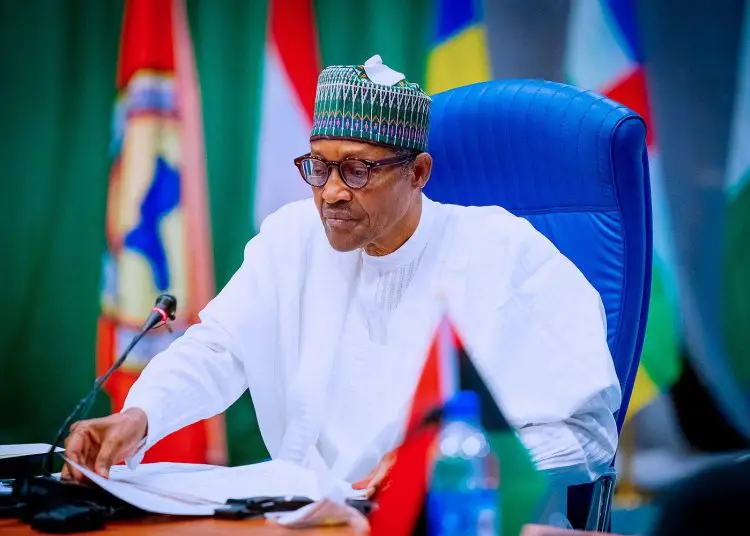
There were disagreements between the National Assembly and the executive as President Buhari accused the senate of massive padding in the 2022 budget.
Looking at the 2022 budget, one may not be wrong to say that it is full of absurdities and levities, which may negatively affect Nigeria’s economy.
The budget will be financed by debts, revealing the country’s inability to cater to its financial demands.
More than 22% (N3.8 trillion) will be used to service debts. Domestic debt servicing will take N2.5 trillion, while foreign debts will take N1.1 trillion. N2.70 trillion will be spent on sinking funds for loans.
Out of the N17.1 trillion budget, N6.9 trillion is budgeted for recurrent expenditure, while N5.4 trillion is budgeted for capital expenditure.
The appropriation bill outlines that Nigeria’s expected revenue inflow for 2022 stands at N10.7 trillion. Therefore, the country will have to borrow approximately N6.4 trillion to balance its 2022 budget.
What does this mean? Nigeria will spend 70 per cent of its capital expenditure on debt servicing.
Read: Nigeria imposes 7.5% VAT on digital goods, services advertisements
